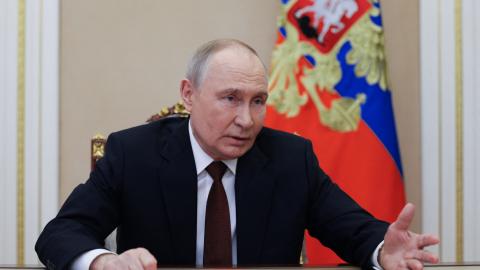President Trump’s latest foray into Ukraine diplomacy is having the usual effects. When Mr. Trump’s 28-point plan, twice the size of Woodrow Wilson’s famous Fourteen Points in World War I, first leaked, supporters of stronger Western backing for Ukraine were appalled. Mr. Trump’s most impassioned critics returned to their happy place, reviving Russiagate charges that because of either blackmail or ideological affinity, the American president is a Putin fanboy, eager to do the Kremlin’s bidding. More soberly, Ukraine’s supporters on both sides of the Atlantic argued that Mr. Trump wasn’t bringing the West’s enormous advantages in wealth, population and productive capacity to bear on Russia.
Over the weekend, things changed. By the time Secretary of State Marco Rubio briefed the press Sunday, the original 28-point document had evolved. Like the U.S. Constitution in the mind of a liberal Supreme Court justice, the proposals were less a fixed set of rules than, as Mr. Rubio put it: “a living, breathing document.” What critics once called an ultimatum—that Ukraine must accept the proposals by Thanksgiving or face a cutoff of American aid—transitioned into a guideline. Rather than an American diktat that all parties must accept, the proposals were more like talking points. Ukraine, Russia, North Atlantic Treaty Organization allies: Everybody gets to join in the sausage-making process out of which, the Trump administration hopes, a final agreement will emerge.



















